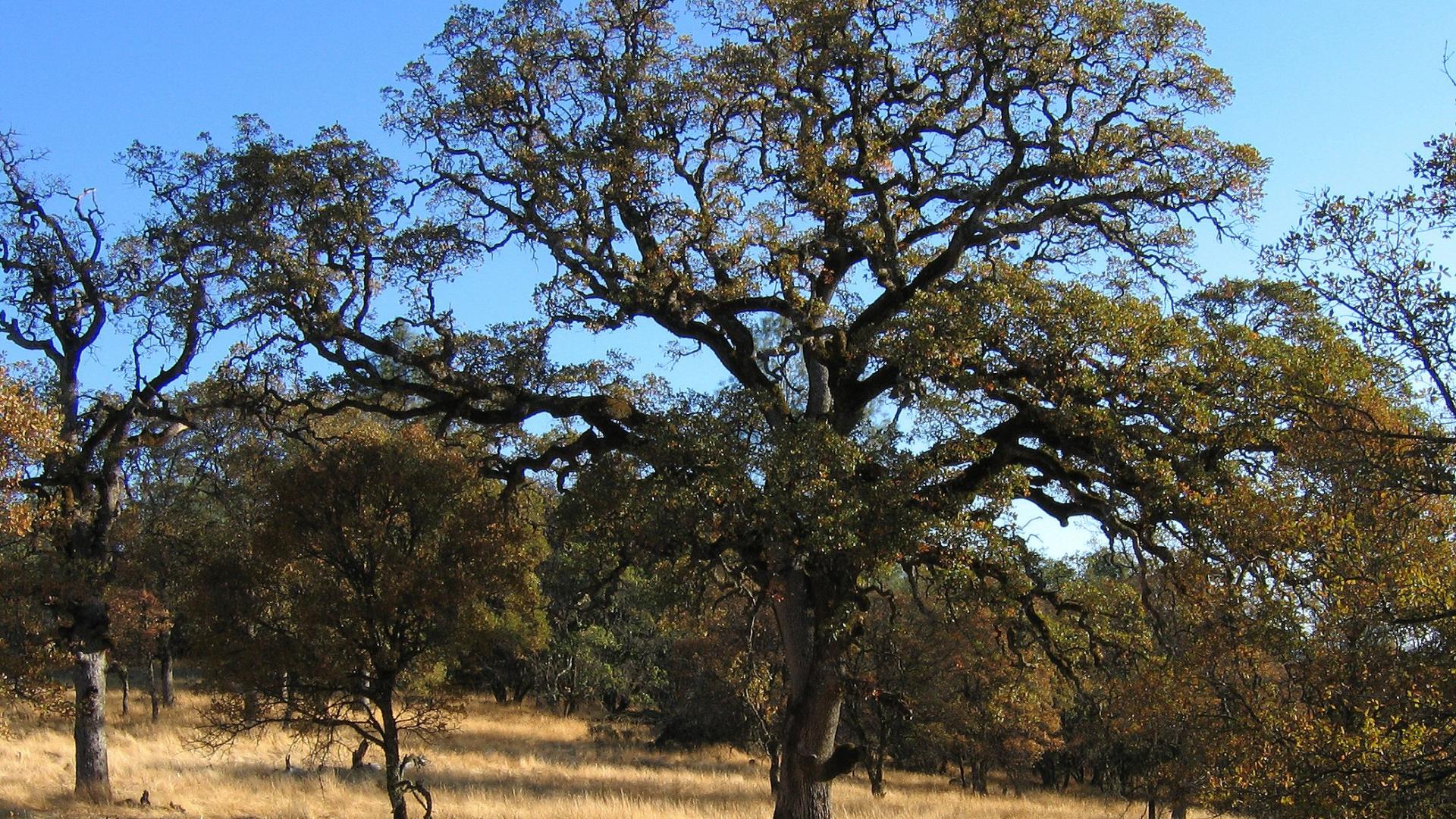
- Body
Overview
The Bureau of Land Management (BLM)and the U.S.Forest Service (USFS) have similar missions. Both agencies are required to manage public lands according to multiple use, sustained yield mandates. However, BLM manages much less forest land and much more rangeland than the US Forest Service. Unlike the US Forest Service, the BLM manages essentially no land in the eastern U.S. This is because BLM managed lands were created from “surplus” public lands that the federal government had not designated as National Forests or given to homesteaders. As a result, BLM land is commonly used by ranchers to support livestock operations in the western U.S. The U.S.Forest Service manages millions of acres of land in both the eastern and western U.S. While in its early years, the primary mission of the U.S.Forest Service was sustainable management of the nation’s timber reserves, it also regulated grazing. In fact, the U.S.Forest Service has been issuing grazing permits on national forests since 1906, nearly 30 years longer than the BLM.
In 1891, Congress passed the Forest Reserve Act, which established the first forest reserves on public lands. These Forest Reserves would eventually become what we call National Forests today. In 1905, Congress transferred the Forest Reserves into the Department of Agriculture, establishing U.S. Forest Service and in 1907, forest reserves were renamed National Forests. In the late 1800s and early 1900s millions of acres of forest and rangeland were designated as National Forests, nearly all in the western United States. Unlike other types of public lands, National Forests lands were generally unavailable for homesteading and conversion into private property. The purpose of the National Forests was to secure sustainable supply of timber for the growing U.S., as well as provide for other uses such as grazing. Mining, livestock grazing, hunting, and timber harvesting, and recreation are all allowed in National Forests. The USFS is mandated by law to allow this full range of uses on National Forests, while also sustaining natural resources for future generations.
The BLM has existed in different forms since 1934, when the Taylor Grazing Act was signed into law. The Taylor Grazing Act created grazing districts to improve the management of ranching on public lands and ended homesteading on western public lands. Initially, these grazing districts were managed by the U.S. Grazing Service. The Grazing Service had the responsibility of improving range conditions, authorizing grazing permits, and collecting grazing fees. In 1946 the BLM was established through the merger of the General Land Office and the Grazing Service.
Today, the BLM manages nearly 250 million acres of public land, mostly in the western US. Mining, livestock grazing, hunting, recreation, and timber harvesting are allowed in BLM Public Lands. The BLM is mandated by law to allow this full range of uses on BLM lands, while also sustaining natural resources for future generations.
Videos
A Primer on the Law and Politics of Multiple Use Management on Federal Public Lands
Martin Nie, Director, Bolle Center for People and Forests & Professor, University of Montana, Missoula, Montana.
Tools
- A GIS Story Map produced by University of Arizona, GIS team in the Advanced Resource Technology Lab in the College of Agricultural and Life Sciences.…
- Yao Jian and Emily Marderness report on the Our Land project. Story Map Promotes Better-Informed Federal Land Legislation.
Additional Links
- Bates, Sarah F. 1993. Discussion Paper: The Changing Management Philosophies of the Public Lands. University of Colorado Boulder. Natural Resources Law Center.
- BLM’s “multiple use mandate” – what does that even mean?
- Loomis, J.D. 2002. Integrated Public Lands Management: Chapter 2, Laws and Agencies Governing Federal Land Management. Available in print only.
- Official Tumblr for the BLM. What is Multiple Use?
- Understanding the Forest Service: a review of the administrative structure of the forest service
- U.S. Government Accountability Office. (1999, July). Land Management: The Forest Service’s and Bureau of Land Management’s Organizational Structures and Responsibilities. (Publication No. GAO/RCED- 99-227).
Further Reading
- Hays, Samuel P. 2009. The American People, the National Forests: The First Century of the U.S. Forest Service. University of Pittsburgh Press.
- Skillen, James R. 2009. The Nation’s Largest Landlord: the Bureau of Land Management in the American West. Lawrence: University Press of Kansas.